Archived Mold Remediation Blog Posts
Mold Remediation in Westminster
1/17/2022 (Permalink)
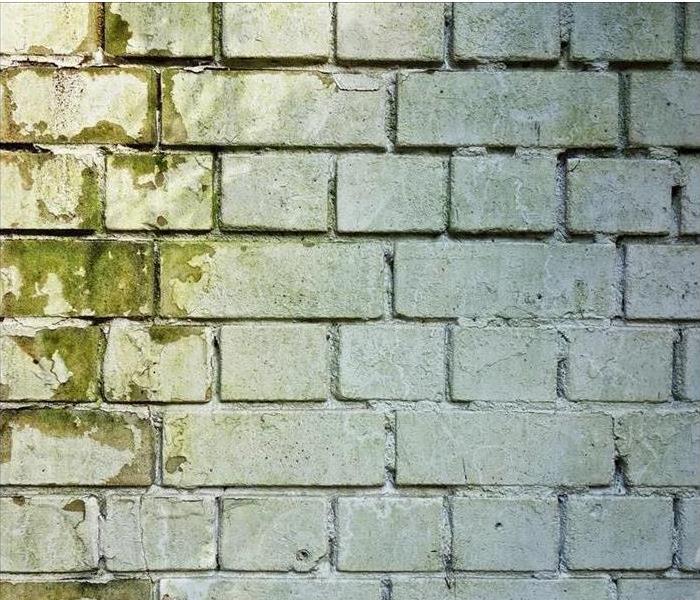 Call SERVPRO of Westminster
Call SERVPRO of Westminster
Mold Remediation
Prevention is the best medicine when it comes to mold in your home or office. Drying your home as soon as possible will deprive mold of the moisture it needs to germinate and spread. If mold is present, our response team is trained to advise the property owner on corrective first steps. SERVPRO of Westminster performs mold remediation to llCRC Standards, and will deliver quality service you can trust.
SERVPRO of Westminster has the experience, the expertise and the equipment to treat existing mold damage as well as preventing future cluster growth. We will not only rid the building of mold, but restore it to the condition it was in before the damage occurred.
- Visual mold inspection
- Containment of contamination
- Drying & dehumidification
If You See Signs of Mold, Call Us Today – 714.248.9261
More Information On Mold!
1/7/2022 (Permalink)
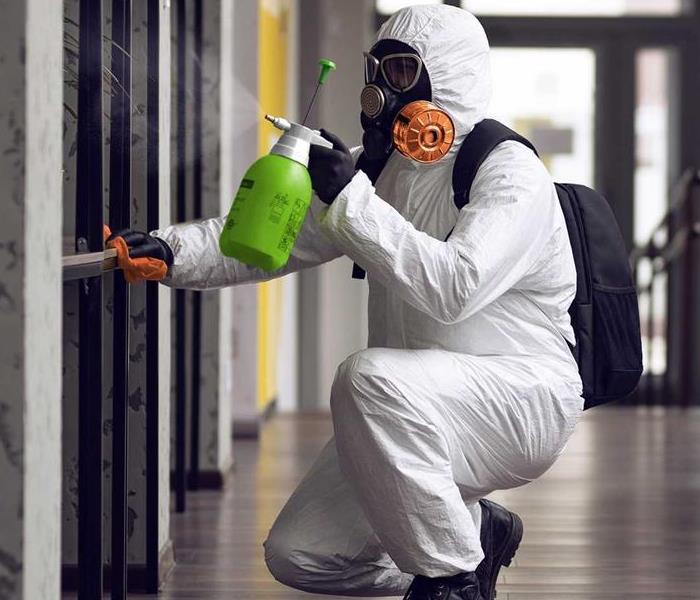 Call SERVPRO of Westminster today!
Call SERVPRO of Westminster today!
More Information On Mold!
How is mold detected?
Mold can often be detected by its musty odor. When mold is suspected, a visual inspection should take place, including inconspicuous areas, like inside the HVAC system. Wherever damp conditions exist, mold is a possibility. If mold cannot be seen, but the musty odor is present, it’s possible that the mold contamination could be hidden. Technology such as moisture detectors and borescopes may be used by professionals to help detect the mold location.
Mold testing by an agency certified to do so may be employed in extensive cases.
What are mold spores?
Mold spores are microscopic, multicellular organisms. They are a fungus that can be found indoors or outdoors. Mold spores can float in the air but will not grow into colonies of spores without moisture present.
How long after water damage does mold grow ?
1/5/2022 (Permalink)
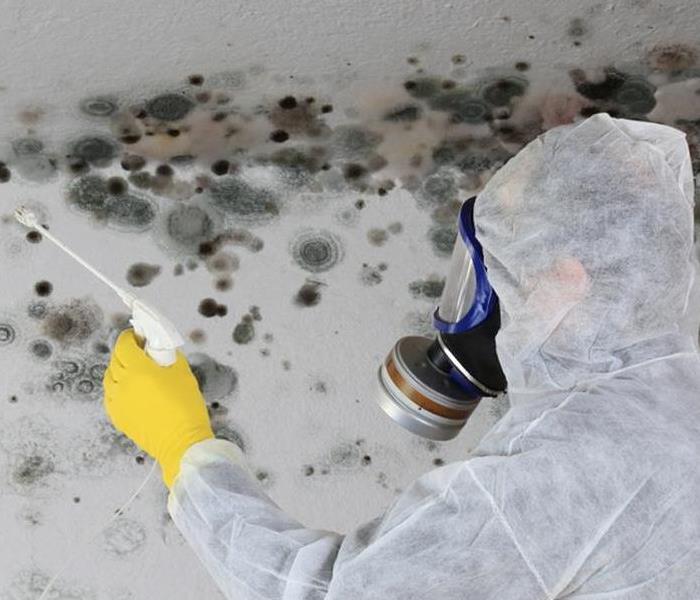 Call SERVPRO today!
Call SERVPRO today!
How long after water damage does mold grow ?
SERVPRO of Westminster has helped several homes and commercial businesses recover and restore damaged contents.
Water damage can occur from broken pipes or naturally from rain or snow. If technicians don't dry and clean up any moist areas, mold can spread. Meaning, it can cause more damage to contents inside the home including carpet, flooring, walls, furniture and personal belongings.
Mildew and mold are likely to begin growing within a day or two after a water damage occurs. Mold can develop very quickly, within 24-48 hours, and will continue to grow until its access to a source of water is removed. This is why it’s incredibly important to act quickly when water damage occurs to your property. Waiting too long to fix the damage could result in more problems, like mold.
Preventing Fridge Mold
12/27/2021 (Permalink)
Preventing Fridge Mold
1. Keeping Track of Food
It is important to keep your fridge clean to prevent mold from spoiled food from spreading. Keeping track of when food expires and taking it out when needed can go a long way.
2. Cleaning Weekly
Picking a day to look through your fridge to throw out food that has expired or about to expire can prevent mold from growing. Sanitizing and disinfecting the fridge is also a great way to ensure it doesn't spread to areas where there is moisture.
3. Making A Family Plan
Making a plan with your family can help keep track of everyone’s food and being responsible to throw out and clean their own food and leftovers.
It is important to contact technicians if food mold spreads onto kitchen surfaces and such. Maintaining clean counters, appliances, fridges and more can really help prevent the growth of mold.
What is Mold?
11/23/2021 (Permalink)
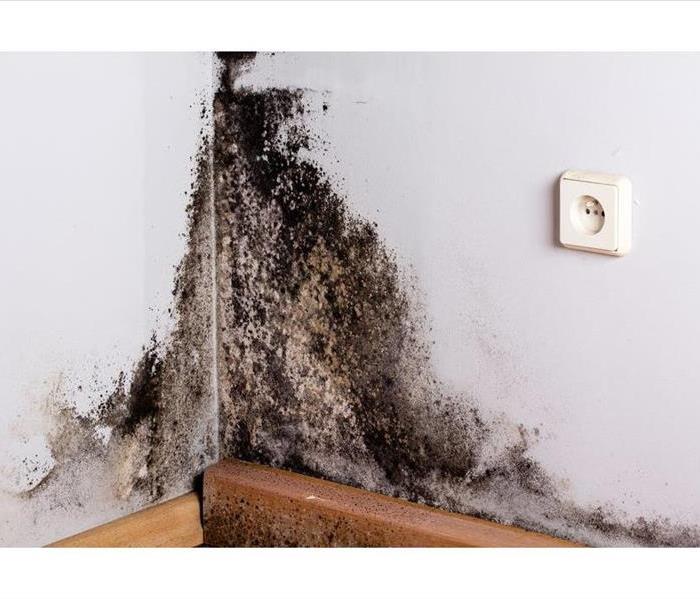 Call us today!
Call us today!
What Is Black Mold?
SERVPRO of Westminster's technicians have the manpower and equipment to asses the damages caused by mold on properties. With their training, they are able to identify the severity of the mold and how the situation should be handled.
Mold growth is common in areas of the hoe where there is an excess amount of moisture. Mold tends to spread in damp areas that are untreated.
Where does moisture come from?
Mold tends to spread and grow when it has access to food and wet surfaces. But moisture tends to come from:
- Leaky pipes
- High humidity
- Water damage
- Condensation
Not all mold needs professional help to remove. Mold can stop growing when it first starts growing with cleaning products. However, mold can become severe and lead to more property damage if not treated correctly.
Mitigation can happen if the mold isn't as severe. Most homeowners and technicians try to salvage as much items as possible because it's unnecessary to replace everything. In some situations, its best to mitigate and restore areas of the home.
Areas and items such as furniture, drywall, carpet and more may need to be disinfected and replaced.
If you are in need of SERVPRO of Westminster's services, call us today!
Board Up!
4/5/2021 (Permalink)
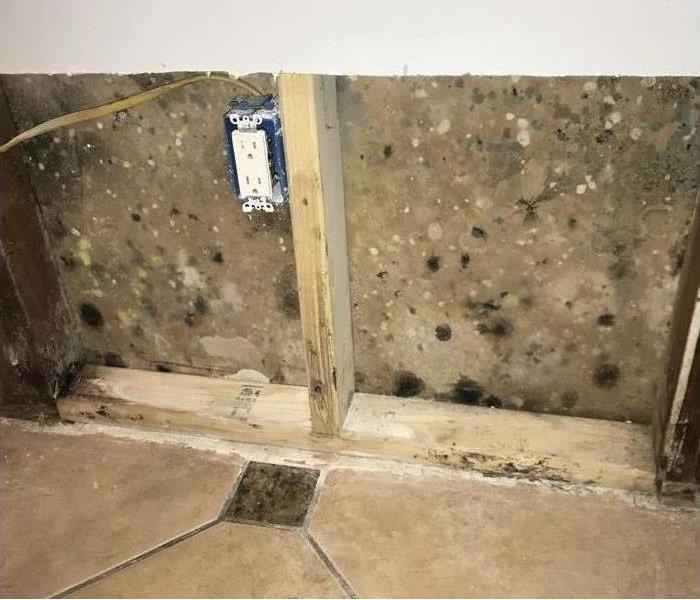 In this situation, mold was contaminated in a kitchen wall of a home in Westminster. Call us today!
In this situation, mold was contaminated in a kitchen wall of a home in Westminster. Call us today!
What Is Mold?
Mold is a type of fungus that grows when there is too much moisture and humidity in the air. Some common places where mold can occur are in your bathroom and underneath your kitchen sink!
What Causes Mold?
Mold is a result of moisture, therefore, it can be caused in a home or commercial building by flooding, leaking roofs, and leaving windows open while it rains.
What You Can Do To Prevent Mold
Reduce Moisture In The Air
Your air conditioner can help remove moisture from the air, as well as managing humidity levels.
Improve Ventilation
Areas such as the bathroom and kitchen should be ventilated pretty well, considering moisture in the air can occur from showering and cooking.
Check Your Pipes
Checking your pipes is a good way to prevent mold. Not only can leaky pipes lead to flooding, but they can also cause mold between the room's walls and cabinets.
When life happens, you can count on SERVPRO of Westminster's 24/7 emergency service.
"Like it never even happened."
Call SERVPRO of Westminster today at
(714)248-9261
What Does Mold Smell Like?
2/12/2021 (Permalink)
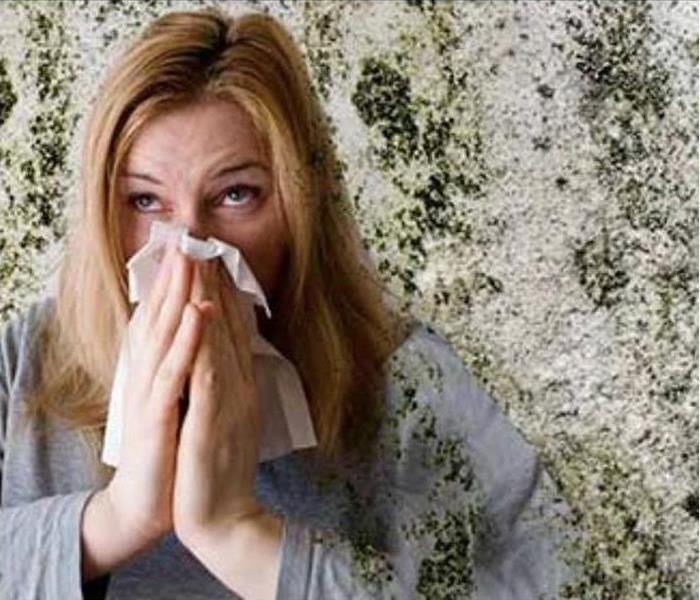 Call SERVPRO of Westminster today!
Call SERVPRO of Westminster today!
Some mold can also be identified by smell. In general, the smell of mold is unpleasant, and smells like something is moist in the room. Some people compare it to the smell of wet socks, or rotten wood or paper. When mold eats, grows and multiplies, it releases Microbial Volatile Organic Compounds (MVOC). There are many of these compounds, or chemicals, that are released as mold grows, but some of the most common have smells that are pungent and musty. Their scent is also described as earthy or meaty, likened to the smell following rain. Others have an acetone, or camphor-like odor, with some described as herbaceous, nutty or fatty. Another MVOC releases an alcohol fermentation smell.
As you can see, mold can emit many different types of odor, just like it can come in many different colors and textures. So, how do you know if what you smell is indeed mold, instead of just regular smells in your home/business? For one thing, if aromatic mold is present, the smell will not fade no matter what you do to ventilate the room. Mold can grow inside wallpaper, walls, basements, ventilation ducts, under carpets and floorboards, so it is possible to smell mold without actually seeing it. Mold’s odor is persistent. It can even be a smell that you get used to.
10 Little Signs Your Home Has Big Problems
1/4/2021 (Permalink)
 Call SERVPRO of Westminster today!
Call SERVPRO of Westminster today!
10 Little Signs Your Home Has Big Problems
We have all experienced this one time or another, stepping on a creaky floor, taking notice of small holes emerging or having to tug on a bedroom door a little more than usual. Whatever it may be, learn what the signs are earlier from Home advice pro Bob Villa, before they wreak havoc on your home.
Tiny Holes
Although small, they are mighty in damage. Tiny holes can be a sign of an active termite infestation. If you find termite exit holes, call the exterminator - pronto. (see full article here)
Dry Mud Tubes on the Foundation
Another sign that termites are munching away at your walls is the discovery of small dry mud tubes on the foundation, running from the ground to the sliding (see full article here)
The Door Won't Close
We have all had that one door that one day stops closing as easily as it used to. There are several reasons for this change: one could be the structure in your home has changed. Or could be the normal result of settling. Speaking with a reputable contractor can advise the problem and what actions will be necessary to move forward with. (see full article here)
The Floor is Sloping
Catching floor sloping is a tough catch. You wouldn't normally recognize it unless you dropped a marble and noticed it rolling to another side. When a formally slanted floor develops a slant, it could be a sign one or more of the joists that support the floor have rotted or broken, causing the floor to settle in that area. A structural engineer would best to look at the structural support and determine a method for repairing it. (see full article here)
An Odd Smell is Coming from an Outlet
Melted electrical wiring puts off an unpleasant odor that's similar to what you might smell if you run a hand mixer too long and its motor overheats. If notice this smell, don't ignore it. Unplug nearby lamps or other appliances - sometimes a new appliance will smell the first few times it's used- and then sniff the outlets and switches. If you find that the smell is coming from a specific outlet or switch, shut off the power at the breaker box and call an electrician. This one to-do you shouldn't postpone; ignoring faulty wire can result in a home fire. (see full article here)
The Lights are Flickering
Flickering lights are not normal. First check the bulb in the fixture that's flickering just in case it's loose. You can try to replace it with a new bulb. If the flickering continues, or if more than one light bulb is flickering it could be a sign that wires somewhere along the circuit are loose or your home's wiring is not adequate for the amount of electricity you're using. Having a professional electrician assess the situation would be the best solution. (see full article here)
A Crack Just Appeared in Your Window Glass
When a crack is discovered in one of your home's windows, it's important to do some investigating. Especially if the crack wasn't caused by impact (rock or ball being thrown into the window for example). It could be from pressure and if this is the case, these will often show up as a single crack that runs from one edge of the window to another. If more cracks are found, contacting a structural engineer is necessary to have them take a look. (see full article here)
The Washing Machine Hose is Bulging
The washing machine hose bulging can sneak up on you, especially since it's hidden behind the machine. High water pressure can cause the rubber in a common washing machine hose to soften and lose its integrity, resulting in a visible bulge that resembles a small balloon. The bulge is a sign that the hose is failing and could burst at any time. When it does, the rupture can result in flooding and water damage in your laundry room, so the sooner the house is replaced, the better. Instead of installing a new rubber hose, opt for a braided steel hose that will hold up better under pressure and present the problem from happening again. (see full article here)
You Discover Clumps of Shredded Paper
If you find little piles of shredded paper it should send up a red flag. Those are signs rodents are moving in. Mice and rats make nests from shredded paper, cardboard or even fabric. Don't be fooled into thinking it may be only one or two - female mice can have 5 litters in a year! Already health hazardous, this could turn your home into a serious situation. You can attempt to use no-kill traps on your own or let an exterminator handle it. (see full article here)
Heavy White Residue on a Brick Chimney
Although it may look like someone took a spray can to your bricks, making them appear white, is actually called efflorescence. It's caused by moisture that draws mineral salts from the center of the bricks to the surface. The residue itself isn't harmful and it's commonly found in small quantities on many types of brick. However, heavy, thick, solid white efflorescence is an indication that moisture is condensing on the inside of the chimney and seeping outward. This could be caused by a cracked flue liner, which increases the risk of toxic fumes entering your home, or it could be the result of an interior plumbing leak, but whatever the cause, have a professional chimney sweep inspect the chimney. (see full article here)
Colorful Mold
11/24/2020 (Permalink)
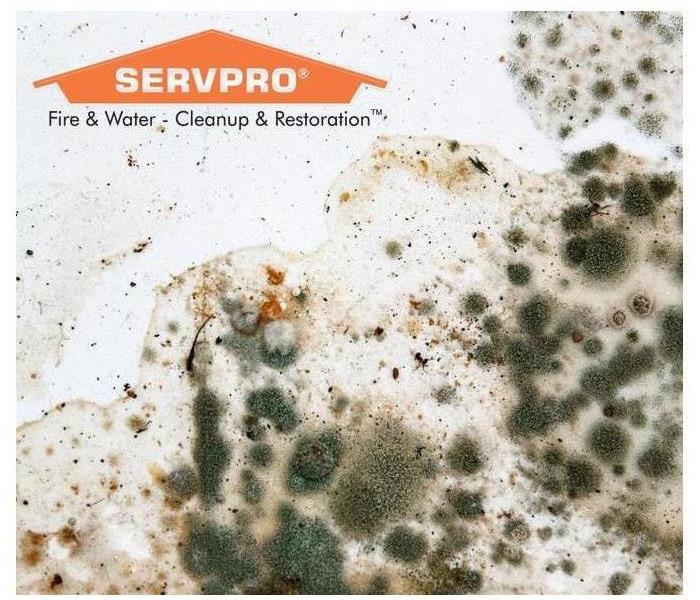 Need help with mold? Call SERVPRO today!
Need help with mold? Call SERVPRO today!
SERVPRO of Westminster's Mold Services
Did you know that Black Mold may not be the most dangerous type of mold?
Mold can be in several different colors, textures, shapes, and sizes. Mold is defined as a fungus that grows on organic materials. These materials can be drywall paper, dirt, cardboard, etc. The mold can appear on other items but there is probably something organic on top of the item that it is growing on.
Depending on where the mold is found, determines the type of mold and how it was formed. Whether it is found in drywall, moist walls, carpet, or food, you should call a professional to test the area.
SERVPRO of Westminster is an approved Mold Remediation contractor, we are always here to help.
Mold On Your Property?
11/24/2020 (Permalink)
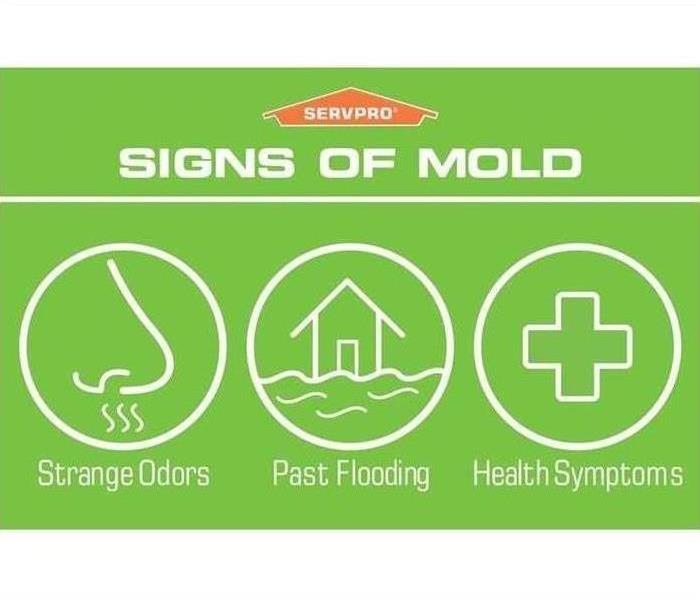 Have any signs of mold? Call SERVPRO of Westminster today!
Have any signs of mold? Call SERVPRO of Westminster today!
Understanding Mold
When water intrudes into your property, mold growth can start in as little as 48 hours. Consider the following mold facts:
- Mold is present almost everywhere, indoors and outdoors.
- Mold spores are microscopic, float along in the air, and may enter your home through windows, doors, or AC/heating systems or even hitch a ride indoors on your clothing or a pet.
- Mold spores thrive on moisture. Mold spores can quickly grow into colonies when exposed to water. These colonies may produce allergens and irritants.
- Before mold remediation can begin, any sources of water or moisture must be addressed. Otherwise, the mold may return.
- Mold often produces a strong, musty odor, and that odor can lead you to possible mold problem areas.
- Even higher-than-normal indoor humidity can support mold growth. Keep indoor humidity below 45 percent.
What Is Black Mold?
5/21/2020 (Permalink)
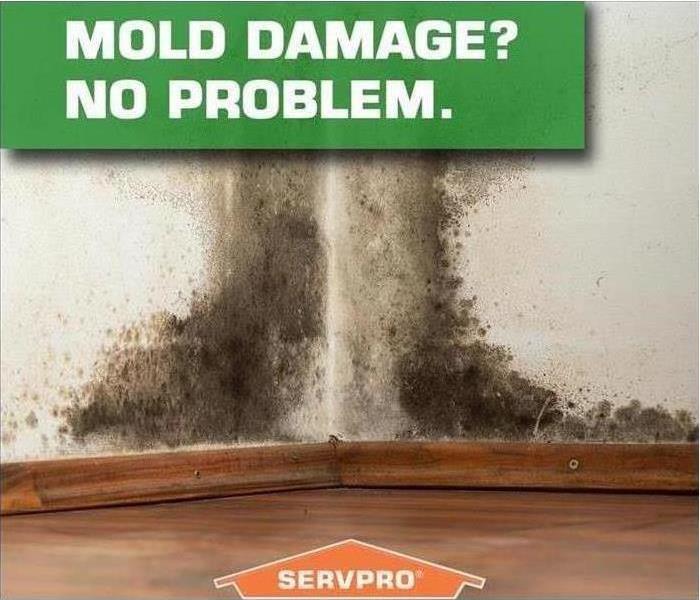 Visit our other blogs on mold remediation for more information!
Visit our other blogs on mold remediation for more information!
Stachybotrys chartarum is the type of mold often called “black mold” or “toxic mold”. Sensational news reports warn about the dangers of black mold and these stories can be alarming and confusing. Any mold in your home should be treated with caution – stay out of affected areas and don’t touch or disturb the mold.
Please refer to our Mold Damage Tips to learn more about mold and what to do until help arrives.
How Do I Tell If It’s Black Mold?
Since many types of mold can produce allergens and irritants, you should contact a qualified mold remediation company regardless of the color or type of mold. In many instances, multiple types of mold can exist in the same house or structure. If you suspect that you have a mold problem, contact a SERVPRO of Westminster Professional immediately.
Understanding Mold
When water intrudes into your property, mold growth can start in as little as 48 hours. Consider the following mold facts:
- Mold is present almost everywhere, indoors and outdoors.
- Mold spores are microscopic, float along in the air, and may enter your home through windows, doors, or AC/heating systems or even hitch a ride indoors on your clothing or a pet.
- Mold spores thrive on moisture. Mold spores can quickly grow into colonies when exposed to water. These colonies may produce toxins harmful to humans and pets.
- Before mold remediation can begin, any sources of water or moisture must be addressed. Otherwise the mold may return.
- Mold often produces a strong, musty odor, and that odor can lead you to possible mold problem areas.
- Even higher-than-normal indoor humidity can support mold growth. Keep indoor humidity below 45 percent.
If You See Signs of Mold, Call Us Today – (714)248-9261
Can Mold Affect Your Health?
6/21/2019 (Permalink)
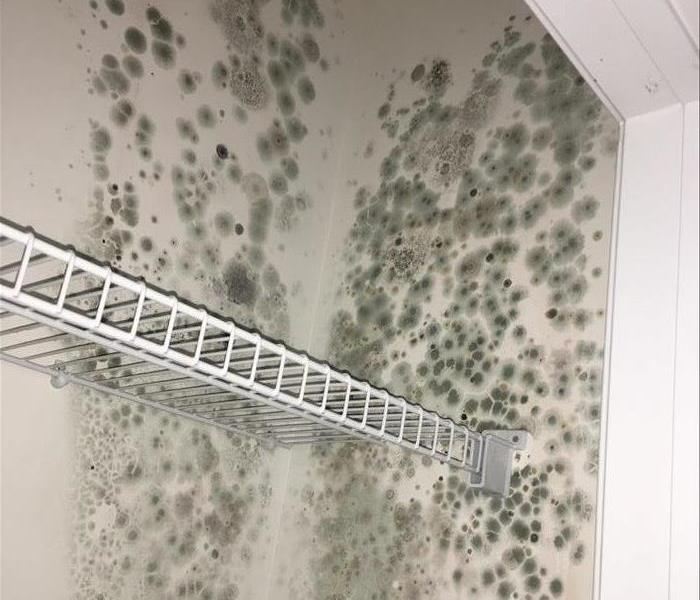 Mold caused by rain in Signal Hill, CA
Mold caused by rain in Signal Hill, CA
Mold can occur in a variety of places in your home. Such as your bathroom, kitchen and even your bedroom. It is usually caused by excess moisture from leaking pipes, to rain seeping through your roof. Too much exposure to mold can affect your health, which is why it is important to get it removed as soon as possible. Not only can mold affect you, but it can also affect your pets and loved ones. The sooner the mold is identified, the faster SERVPRO can remove it. Let SERVPRO of Westminster take care of it "Like it never even happened."
Have Mold Related Questions? Don't hesitate and Call us Today at (714)248-9261
At SERVPRO Of Westminster we are always ready to help you!
The Mold Remediation Process
9/6/2018 (Permalink)
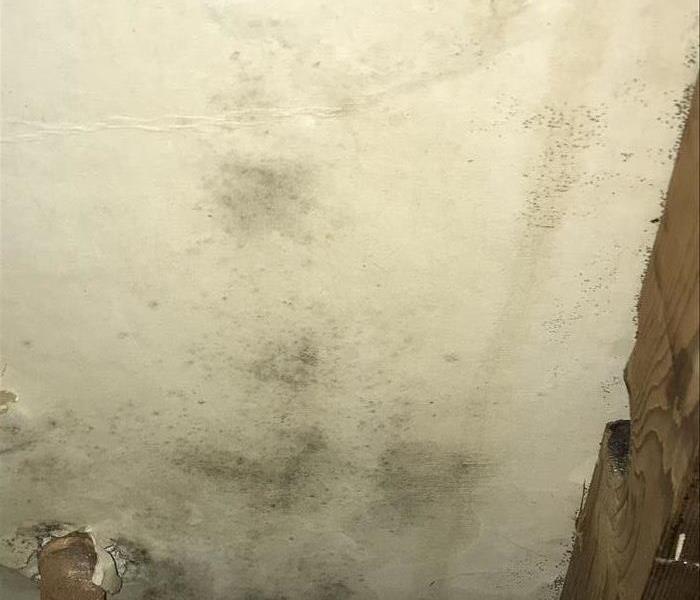 Mold from water damage
Mold from water damage
In addition to causing significant property damage, mold can produce allergens and irritants that can cause health effects. SERVPRO of Westminster Professionals understand mold and mold growth and have the training and equipment to remediate the mold in your home or business.
Have Mold Related Questions?
Call Us Today 714.248.9261
Understanding Mold
Microscopic mold spores exist naturally almost everywhere, indoors and outdoors, so removing all mold from a home or business is impossible. Some restoration businesses advertise “mold removal” and even guarantee to remove all mold, which is a fallacy. Consider the following mold facts:
- Mold is present almost everywhere, indoors and outdoors.
- Mold spores are microscopic and float along in the air, and they may enter your home through windows, doors, or AC/heating systems or even hitch a ride indoors on your clothing or a pet.
- Mold spores thrive on moisture. Mold spores can quickly grow into colonies when exposed to water.
- Before mold remediation can begin, any sources of water or moisture must be addressed. Otherwise the mold may return.
- Let your nose lead the way. Mold often produces a strong, musty odor, and can lead you to possible mold problem areas.
- Even higher than normal indoor humidity can support mold growth. Keep indoor humidity below 45 percent.
Understanding The Mold Remediation Process
Every mold damage scenario is different and requires a unique solution, but the general mold remediation process stays the same. The steps listed below illustrate the “typical” process:
Step 1: Emergency Contact 714.248.9261
The mold cleanup and restoration process begins when you call SERVPRO of Westminster. Our representative will ask a series of questions to help us determine the necessary equipment, resources, and personnel.
Step 2: Inspection and Mold Damage Assessment
SERVPRO of Westminster Professionals will carefully inspect your property for visible signs of mold. Mold feeds on cellulose and water and can be hidden from plain view. They use various technologies to detect mold and hidden water sources.
Step 3: Mold Containment
They use various containment procedures to prevent the spread of mold. They may use advanced containment procedures like negative air chambers to isolate the contaminated area with physical barriers and negative air pressure to keep the mold spores from spreading during the cleanup process. All fans and heating and cooling systems will be turned off to prevent the spread of mold.
Step 4: Air Filtration
The specialized filtration equipment allows our SERVPRO of Westminster Professionals to capture microscopic mold spores out of the air. They utilize powerful “air scrubbers” and HEPA vacuums to prevent the spread of these mold spores while the mold remediation is in process.
Step 5: Removing Mold and Mold-Infested Materials
The mold remediation process depends on the amount of mold growth and the types of surfaces on which the mold appears. SERVPRO of Westminster Professionals use antifungal and antimicrobial treatments to eliminate mold colonies and to help prevent new colonies from forming. Removing and disposing of mold-infested porous materials, like drywall and carpeting, may be necessary to remediate heavy mold growth.
Step 6: Cleaning Contents and Belongings
SERVPRO of Westminster Professionals clean your furniture, decorative items, curtains, clothing, and other restorable items affected by mold. They use a variety of cleaning techniques to clean and sanitize your belongings. They’re also trained to remove odors and deodorization using fogging equipment.
Step 7: Restoration
Depending on the level of mold damage, drywall, subfloors, and other building materials may be removed. Restoration may involve minor repairs, such as replacing drywall, painting, and installing new carpet; or it may entail major repairs such as the reconstruction of various areas or rooms in a home or business.
If You See Signs of Mold, Call Us Today – 714.248.9261
The 1 spot in your Westminster kitchen that may be dirtier than a toilet
6/11/2018 (Permalink)
 Photo by Stock Snap
Photo by Stock Snap
The KITCHEN, the place many find solace and comfort. The part of the home which brings Westminster families together...is also the heart of its germs. According to Dr. Charles Gerba, a microbiologist and professor at University of Arizona, between prepping and cleaning, a kitchen is a veritable incubator for bacteria. See the list of the 5 areas which are most contaminated by Dr. Gerba:
1. Kitchen Sponge
We all do it - there's a spill on the counter, the food boiled over on the stove, first thing we generally grab is a sponge. We wipe down, rinse and repeat. Then toss the sponge back on the sink until needed again. However, what we now have done is made "bacteria heaven" by having a wet and moist environment soaking up coliform bacteria. Dr. Gerba also found 15 percent of sponges in a random study had salmonella growing on them.
Solution: Use paper towels to wipe up spills. Clean counters with antibacterial kitchen wipe like Lysol, Clorox. Make it a habit to microwave thoroughly wet sponges for 1 to 2 minutes everyday to sanitize them.
2. Kitchen Sink
We probably don't consciously think and process just how much bacteria and germs are going into the kitchen sink on a daily bases. If you do want to take a moment and think back just how much you used your Westminster kitchen sink today or last night, you might be realizing how much raw meat is cut and rinsed off the cutting board into the sink. Or other greasy and unsanitary items. Gerba says there is more "fecal bacteria in a sink than there is in a flushed toilet."
Solution: Wash the sink with hot, soapy water, especially after handling meat and poultry. Every day, wipe out the sink using disinfectant kitchen wipes.
3. Cutting Board
If you thought kitchen sinks were stomach turning just want until we divulge into your cutting boards. With "200 times more coliform bacteria than a toilet seat, cutting boards are hot beds of germs." They are consistently used for cutting meats and poultry, who can carry salmonella and campylobacter bacteria.
Solution: Wash the board in hot, soapy water after each use, then, to kill remaining germs, put it in the dishwasher or disinfect it with bleach ( 2 tablespoons of bleach to 1 gallon of water) or good disinfecting kitchen cleaner like Lysol. To minimize cross-contamination, Gera recommends using colored cutting boards: one for meats, one fore veggies and one for poultry.
4. Fridge Door Handle
Do we really want to go there? YES, we must... The fridge door handle. How many times do you open and look for food (and then tell yourself no and slam it, repeatedly), check food inventory, pull food out and put food away. Maybe you make food and your hands are dirty but you grab the door handle anyways to pull additional recipe items. Or you do contemplate that handle just may be dirty so let's wipe it down. Which you do but with the same sponge that is housing coliform bacteria and salmonella, which was sitting on the kitchen sink that has more fecal matter than a toilet. - I think you can agree, that was a disturbing image.
Solution: Give the handle-and the entire kitchen door-a good wipe-down every day with a disinfecting kitchen wipe. Remember, kitchen wipes are only good for disinfecting a 3-by-3-foot area. Don't try and stretch it!
5. Kitchen Counter
Can you really say you were surprised by this one? If you've ever cooked, chopped vegetables, put together cereal then you've more than likely have put food on the counter. You make a mess and the reach for the aforementioned sponge to clean up the spills from all this stuff. Then add to this, the splashes from the previously talked about germy kitchen sink. That's a lot of germs!
Solution: Use cutting boards as much as possible when preparing foods. Instead of wiping counters with sponges or dish cloths, pick up spills with paper towels and clean counters with disinfecting kitchen wipes.
See full article here: https://www.today.com/food/5-germiest-places-your-kitchen-how-clean-them-t106971?cid=public-rss_20180604
In Westminster, mold can spread through a home in as little as 48 hours.
5/22/2018 (Permalink)
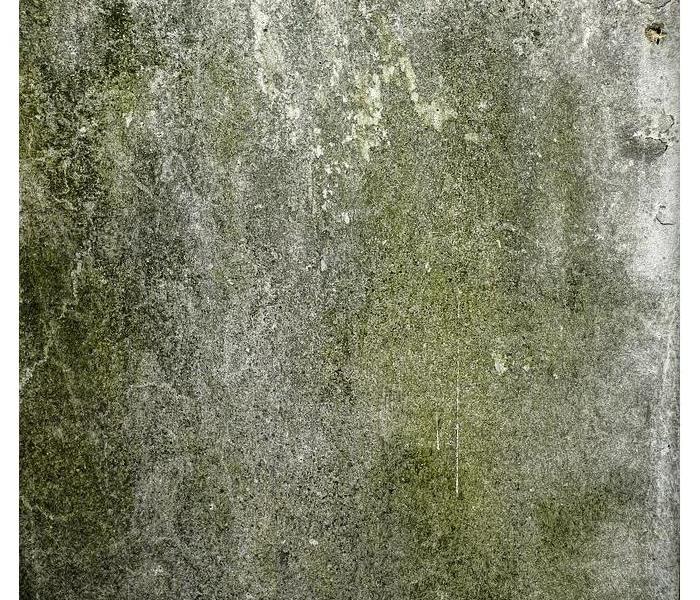 Photo by Kalhh
Photo by Kalhh
Microscopic mold spores naturally occur almost everywhere, both outdoors and indoors. This makes it impossible to remove all mold from a home or business. Therefore, mold remediation reduces the mold spore count back to its natural or baseline level. Some restoration businesses advertise “mold removal” and even guarantee to remove all mold, which is a fallacy. Consider the following mold facts:
- Mold is present almost everywhere, indoors and outdoors.
- Mold spores are microscopic and float along in the air and may enter your home through windows, doors, or AC/heating systems or even hitch a ride indoors on your clothing or a pet.
- Mold spores thrive on moisture. Mold spores can quickly grow into colonies when exposed to water. These colonies may produce allergens and irritants.
- Before mold remediation can begin, any sources of water or moisture must be addressed. Otherwise, the mold may return.
- Mold often produces a strong, musty odor and can lead you to possible mold problem areas.
- Even higher-than-normal indoor humidity can support mold growth. Keep indoor humidity below 45 percent.
If your home or business has a mold problem, we can inspect and assess your property and use our specialized training, equipment, and expertise to remediate your mold infestation.
If You See Signs of Mold, Call Us Today – 714.248.9261






 24/7 Emergency Service
24/7 Emergency Service











